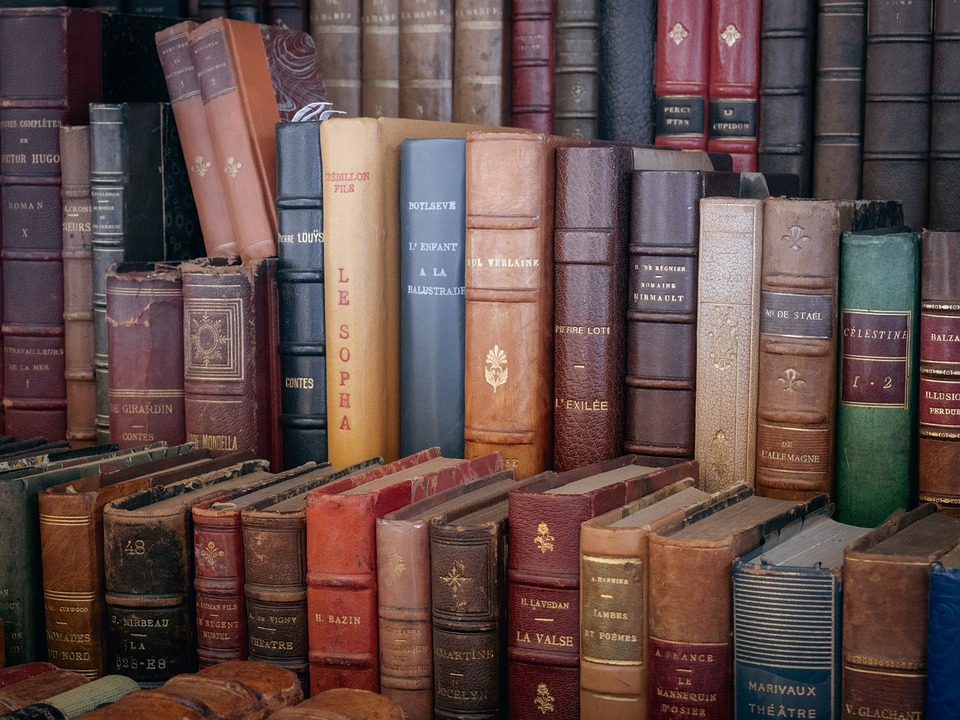The Evolution of Feminist Literature: A Brief History
Feminist literature has a rich and varied history that has evolved significantly over the centuries. From the writings of early feminist thinkers to the contemporary works of feminist authors today, the genre has undergone numerous transformations and shifts in perspective. In this article, we will explore the evolution of feminist literature and the key movements that have shaped its development.
Early Feminist Writers
The roots of feminist literature can be traced back to the writings of early feminist thinkers who challenged traditional ideas about gender roles and equality. One notable example is Mary Wollstonecraft, an English writer and advocate for women’s rights in the 18th century. In her groundbreaking work, “A Vindication of the Rights of Woman,” Wollstonecraft argued for greater educational opportunities for women and challenged the prevailing notion that women were intellectually inferior to men.
Another important figure in the early feminist movement was Simone de Beauvoir, a French writer and philosopher who is best known for her seminal work, “The Second Sex.” In this book, de Beauvoir explores the ways in which women have been historically marginalized and oppressed by society, and argues that true gender equality can only be achieved through a fundamental rethinking of social norms and structures.
The First Wave of Feminism
The early feminist writings of Wollstonecraft and de Beauvoir laid the groundwork for the first wave of feminism, which emerged in the 19th and early 20th centuries. During this time, feminist literature became more prominent and widespread, with authors such as Virginia Woolf, Charlotte Perkins Gilman, and Kate Chopin addressing issues of women’s rights, gender inequality, and the social limitations placed on women.
Woolf’s essay, “A Room of One’s Own,” is a classic work of feminist literature that explores the ways in which women have been historically excluded from the literary and artistic spheres. Likewise, Chopin’s novel, “The Awakening,” broke new ground by depicting a woman who rejects traditional gender roles and seeks to assert her independence and autonomy.
The Second Wave of Feminism
In the 1960s and 70s, feminist literature experienced a resurgence with the emergence of the second wave of feminism. This period saw a greater emphasis on issues of reproductive rights, domestic violence, and workplace equality, as well as a more diverse range of voices and perspectives within the feminist movement.
Authors such as bell hooks, Audre Lorde, and Adrienne Rich became key figures in the second wave of feminism, with their works exploring intersectionality, race, class, and sexuality in addition to gender. Lorde’s essay collection, “Sister Outsider,” and Rich’s poem, “Diving into the Wreck,” are both powerful examples of feminist literature that address issues of identity, power, and resistance.
Contemporary Feminist Writing
Today, feminist literature continues to evolve and adapt to the changing social and political landscape. Contemporary feminist authors such as Roxane Gay, Chimamanda Ngozi Adichie, and Rebecca Solnit are exploring new themes and ideas in their work, challenging traditional notions of gender and power and pushing the boundaries of the genre.
Gay’s essay collection, “Bad Feminist,” is a provocative and insightful examination of the complexities and contradictions of modern-day feminism, while Adichie’s novel, “We Should All Be Feminists,” offers a compelling and accessible exploration of gender equality and empowerment. Solnit’s book, “Men Explain Things to Me,” has become a seminal text in the #MeToo movement, highlighting the ways in which women are often silenced and marginalized in male-dominated spaces.
Conclusion
Over the centuries, feminist literature has evolved from the writings of early feminist thinkers to the diverse and dynamic works of contemporary authors today. The genre has explored a wide range of themes and ideas, challenging traditional notions of gender and power and advocating for greater equality and social change.
While the evolution of feminist literature has not been without its challenges and setbacks, the genre continues to inspire and provoke readers with its bold and uncompromising vision of a more just and equitable world. As we look to the future, it is clear that feminist literature will continue to play a vital role in shaping our understanding of gender, power, and identity.
By tracing the evolution of feminist literature from its early beginnings to its modern-day manifestations, we can gain a greater appreciation for the contributions of feminist writers past and present, and the ongoing struggle for equality and justice that underpins their work.
